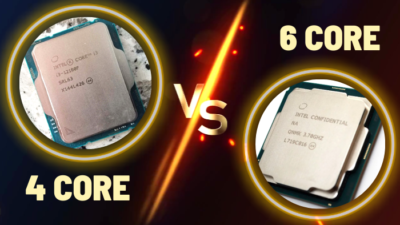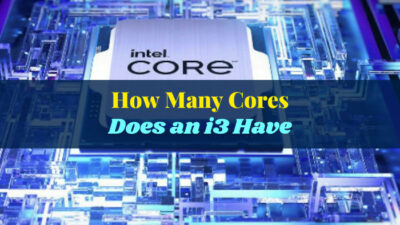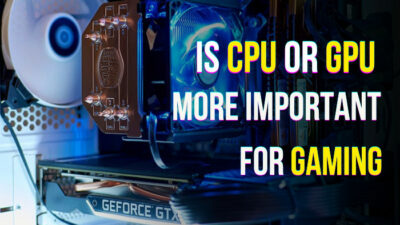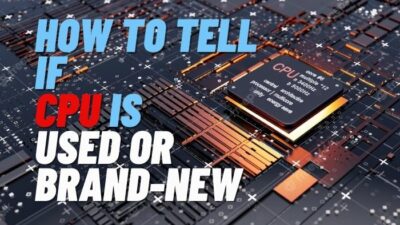We often don’t know about our PC’s base and boost clock speed thoroughly. As a result, we can’t harness our computer’s raw power. But a complete knowledge of our PC speed can enhance our PC usage experience.
Suppose you are a heavy gamer or video editor and want to boost your PC’s ability. Then you must know about your computer’s capacity; otherwise, you will not be able to increase your work efficiency.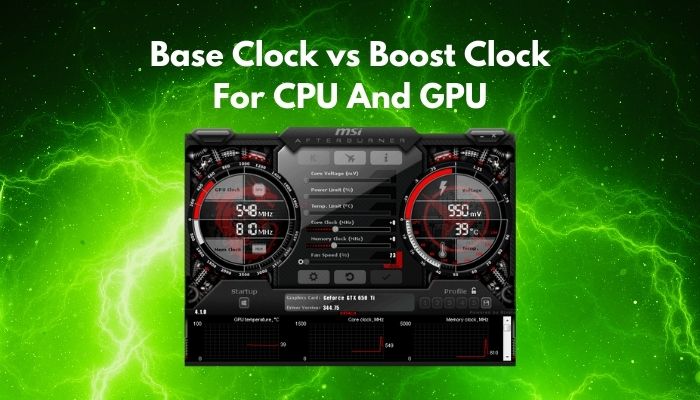
Keeping that in mind, I studied deeply about this base and boosted clock speed on the CPUs and GPUs. And found some surprising facts that can help you harness your computer’s full potential according to its build.
So don’t skip if you want to learn about clock speed.
Let’s start together!
What Is CPU Clock Speed?
Nowadays, CPUs clock speed is measured in hertz(Hz). It means CPUs resistors rotate cycle per second. Easily saying If you have a 3 GHz CPU on your computer, this CPU can process 3 billion data in one second. But clock speed is only one aspect among many for computer performance.
You can ask if the CPU speed is so high, then why does my PC underperform? The answer is not that simple. Because your PC power doesn’t only depend on the CPU clock speed; it also depends on the number of cores, internal architecture of a CPU, and cache size.
Also, a PC can be slow if the application it runs eats up a lot of its clock space. The recent games and video rendering apps can seize massive amounts of data on the PC; consequently, the computer slows down.
But a computer with a higher clock speed is always better if all the other aspects such as cache, core, and internal architecture are well optimized.
In case you want to measure the speed of your processor, check out our separate article.
What is a Base Clock and Boost Clock on a CPU?
CPU clock speed at regular operating times is called a base clock. A computer can complete normal functions with the help of this base clock, but when more power is needed, the boost clock starts and gives you the necessary strength to finish your required job.
Recently, every CPU comes with a base clock and a boost clock. But what are those, and how do they affect our daily life? You may ask.
Here are the base and boost clock explanations:
1. Base Clock on a CPU
Maybe you sometimes wonder when on your PC box, there are 2 different types of declarations like Intel core i5 8th gen, 2.8 GHz to 3.8 GHz.
This declaration means your PC can run at 2.8 GHz speed at normal operating conditions. And 2.8 GHz speed is the base speed for your computer. General applications can efficiently run at this speed.
But if you want to run a high graphical game or render a high-quality video and your current clock speed is insufficient. Your PC understands the need, and the boost clock starts operating.
2. Boost Clock on a CPU
Intensive situations on a computer processor create the need for a boosted performance. The boost clock on a CPU starts its job from this point until the work is done.
Several processor companies now introduced boost clocks on their CPUs to enhance their power. They name those boosts turbo boost or power boost, but their work is all the same.
So we can easily say that the main focus of a boost clock is to enhance the computer processor’s power and smooth the working experience.
Base Clock vs Boost Clock on CPU
There are some pros and cons to everything on this beautiful earth. The base and boost clock is not above this general understanding. So let’s see the bad and good things among them.
Here are the differences between base and boost clocks:
| Base Clock CPU | Boost Clock CPU |
|---|---|
| Less power required | More power required |
| More battery life | Less battery life |
| Less system performance | More system performance |
| Produce less heat | Produce more heat |
| Less expensive | More expensive |
| Useful for lite users | Useful for heavy users |
From the above stats, you can see the base clock requires less power, produces less heat, and is suitable for battery life. But you will get less performance from it.
On the other hand, the boost clock absorbs more power, generates massive heat, and the battery life is relatively low compared to the base clock. But the performance is enormous, which matters for most people.
What Should You Aim for When Buying a New PC: Higher Base or Higher Boost clock?
You have to understand that clock speed depends on the workload. You must aim for a higher base clock speed PC if you are a heavy user because an intensive game or 3D video rendering requires a lot of processing power.
But if you are a lite user and want a PC for daily office work and content watching. Then a moderate computer with a sufficient base clock and boost clock will be enough for you.
Note that a high clock multiple core PC will generate more power simultaneously, consuming more significant battery health and energy.
Also, a high-end base clock computer is expensive compared to a normal one. So ensure you have enough balance to buy a suitable PC for yourself according to your needs.
What is GPU Clock Speed?
The rate at which a graphics card processes its data is called a GPU clock speed. This speed varies from time to time and is measured in Hertz(Hz). Nowadays, it’s evaluated in Gigahertz(GHz), meaning 1 billion data rates per second can be rendered through the GPU.
Games are a beautiful medium for exploring new artificial worlds but require intense graphics processing power. For that reason, a higher GPU clock speed is essential for gaming.
Also, GPU clock speed is a must if you are a video content creator and always render long videos. With the help of incredible clock speed, you can process your videos in shorter times with astonishing detail.
So you can understand that GPU clock speed significantly impacts your regular life.
What is a Base Clock and Boost Clock on a GPU?
Frankly speaking, at idle time, the clock speed of the GPU is called the base clock, and when this speed increases due to workload, that enhanced clock speed is called the boost clock or a turbo clock on the GPU interface. The base and boost speed can shift consequently in a well-controlled GPU.
The speed at which a GPU operates normally is the base clock. There is no significant activity on your PC at the base clock, but when you launch a game or start processing a video, this clock speed skyrockets. [gpu-base-clock]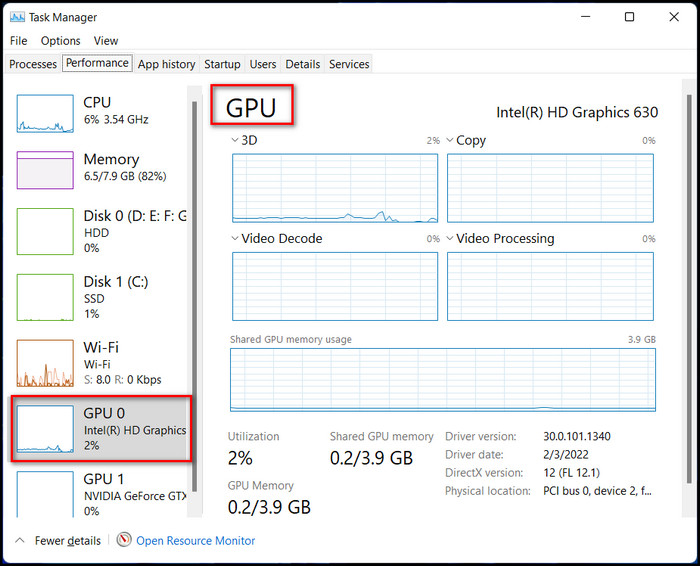
Hence a good base and boost clock GPU is essential for gamers and content creators. Without a good performance GPU, they will fall into dismay. And their productivity will hamper substantially.
Overall, sufficient clock speed can enhance your work efficiency. But keep that in mind only clock speed isn’t enough to increase your PC performance as it depends on many factors.
Pro-grade GPUs are needed when you render videos or run a 3D simulation. We have listed out some differences between a consumer and a professional GPU in a separate article. Do check it out.
Base Clock vs Boost Clock GPU
There is a significant difference between a base and boost clock GPUs. To know more about them, you must follow the table.
| Base Clock GPU | Boost Clock GPU |
|---|---|
| Less performance | More performance |
| Lower power consumption | Greater power consumption |
| The slow video rendering process | The fast video rendering process |
| Create a game lag situation | Give smooth gameplay option |
| Save battery health | Rapid burn on battery health |
You can see that a boost clock GPU always performs well, though it has some issues with battery and power consumption. But it always gives excellent results.
On the contrary, you will achieve poor performance with the base GPU clock, but it can save battery life. Now the decision is all yours, whether you buy a standard base and boost clock GPU or save up to purchase an excellent GPU with a massive base and boost clock speed.
Why Can’t a GPU or CPU Always Run on a Boost Clock?
When a CPU runs on Boost mode, it produces massive power; as a result, enormous heat is generated, and that heat can remove the thermal paste from the CPU core. Also, the core efficiency drops due to this heat, and the CPU component can be damaged. That’s why a CPU can’t run on boost mode always.
Those reasons mentioned above also happen for the GPUs. Track down the list below for brief explanations.
Here are the reasons why can’t a GPU or CPU always runs on a boost clock:
Worn Out Thermal Paste
When a GPU or CPU runs on turbo mode, it generates massive heat, removing the thermal paste within the cores.
Drop Efficiency
Heat can cause destruction and efficiency drop among the GPU or CPU cores because all the Core components are not steady enough to hold the enormous temperature.
Damage Component
There is an ancient saying that where there is heat, there is destruction. This saying is valid for the CPU and GPU cores. Excessive heat can damage the CPU or GPU component.
FAQs
Is a higher boost clock better?
Yes. A higher boost clock is always better if you have a good heat ventilation system. But it will consume more power than a regular clock.
Is the Base clock and core clock the same?
Yes, the base clock is sometimes called the core clock.
Is a lower Base Clock better?
A lower base clock is better for battery health and power consumption, but the performance ratio is very poor compared to a boost clock.
Final Thought
A CPU with a sufficient base clock and a high-performance boost clock can give you a well-optimized experience, but that can cost some more bucks. So, when you aim to buy a new GPU or CPU, you must check its clock speed and test its base clock and the boost clock.
If you read my article thoroughly, you can learn about CPU and GPU base and boost clock, which will give you an upper hand in purchasing an excellent and effective CPU and GPU for your system.
Let me know your afterthought in the comment section.
Stay safe!

